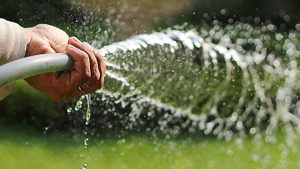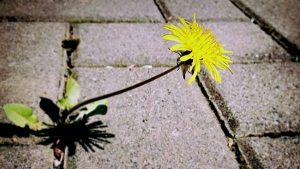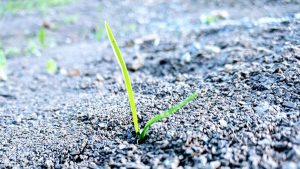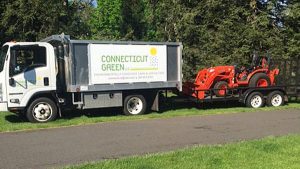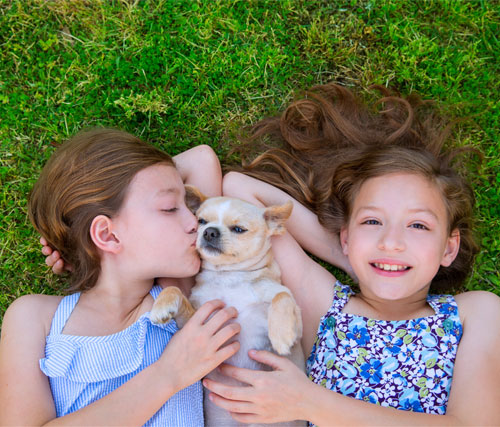This time of year, the Connecticut Green crew is typically treating lawns for destructive pests like grubs and chinch bugs. We do this proactively and safely, with products that are safe for both humans and pets.
Proactive treatment is key here, because you never want to wait until you see damage to your lawn by grubs or insects. The early stages of infestation are marked by brown spots in your grass, which can look exactly like pet damage or burn from over-fertilization. By the time you realize that it’s not one of these common issues, it’s too late. The damage has been done, and you may have to complete renovate your property – an expensive and time-consuming proposition! By treating ahead of the problem, you’ll never get to that point.
Grubs and Chinch Bugs
The most common pests we see in Connecticut are grubs and chinch bugs. The grubs we discuss are typically the larvae of European chafers, June bugs or Japanese beetles. While these insects are no great friend to any of your plants in their adult form, it’s in the larval stage that they do the most damage. Grubs eat away at the roots of your lawn, killing it from the bottom up. They’re so effective in their destruction of the root system that when grubs infest, you can pull the turf up like a rug – there are literally no roots left to anchor it to the soil!
The problem is compounded by the fact that birds and skunks love to eat these fat little grubs, so they’ll dig away at your lawn to get to them. If you didn’t realize you had a problem with grubs in the first place, the animals burrowing in your lawn are a tell-tale sign that the brown patches in your grass are more serious than you thought.
Chinch Bugs actually feast on your grass stalks, so they attack differently than grubs. Their damage will look similar to the brown and yellow patches caused by grubs, but they’ll start smaller, expand and eventually coalesce. Because they strike in the hottest part of the summer, it’s easy to mistake chinch bug damage for drought stress or fungus from over-watering. While you’d think you’d notice a swarm of insects on your lawn, chinch bugs are so tiny, you can barely see them with the naked eye: they’re only about 4mm long. They prefer hot, dry climates, so they’ll do their worst damage in July and August, and they’ll start on the highest, sunniest parts of the lawn.
How We Treat Lawn and Garden Pests
We believe strongly in proactive treatments to prevent grubs, chinch bugs and other lawn and garden pests. Because their cycles are so predictable, we treat at the same time every year – and we’ve had great success in preventing damage by these common pests.
While there are organic treatments available, we have found them to be only 50 percent effective, and only with Japanese beetle grubs. We recommend and prefer a treatment that uses imidacloprid as a primary ingredient. This neonicotinoid kills the damaging insects but is not harmful to humans and animals. In fact, imidacloprid is the key ingredient in most popular flea and tick treatments.
Most Connecticut Green customers request preventative treatment because it’s so effective and keeping grubs, chinch bugs and other pests at bay. If it’s not part of your lawn care program, ask us about it today.\

